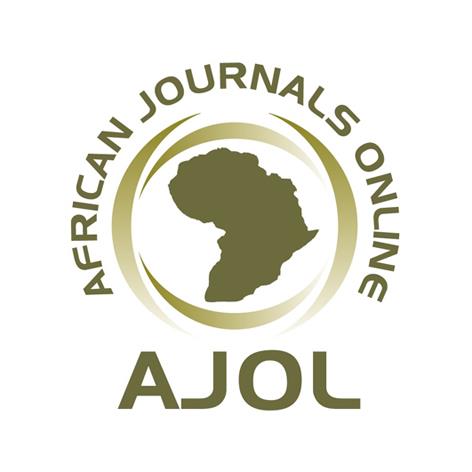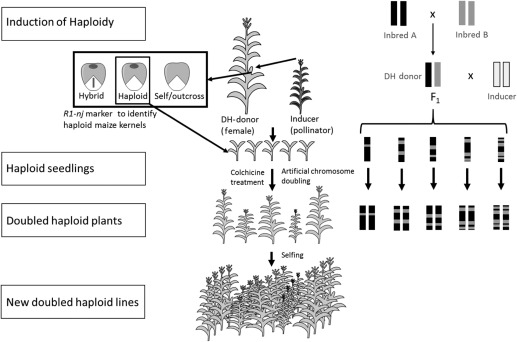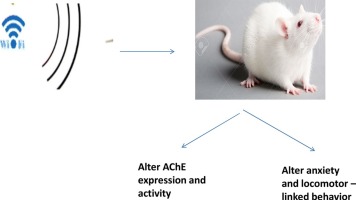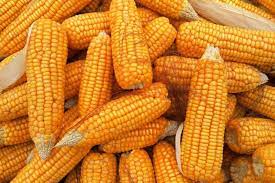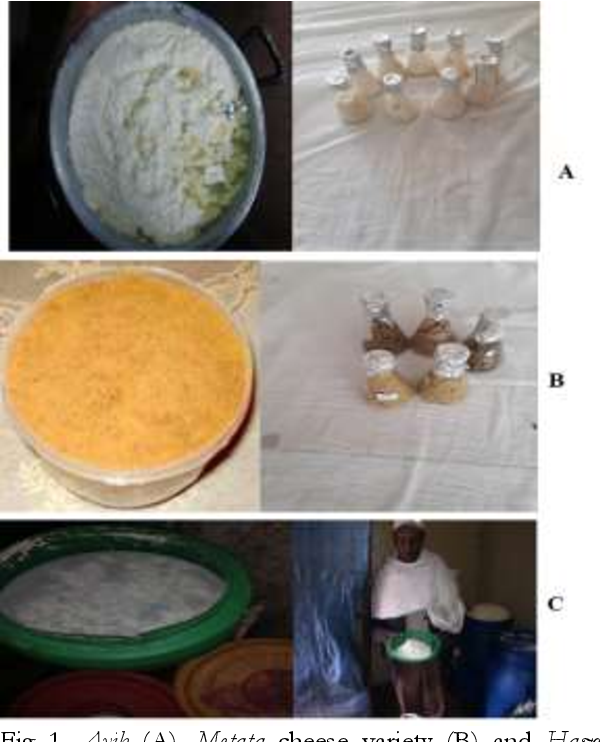Producing, Processing, Marketing and Hygiene of Cow Milk in the Supply Chain of Girar Jarso District of Oromia Regional State, Ethiopia
Downloads
Background: Production and productivity of dairy is very low in Ethiopia. This problem is exacerbated by high contamination with microorganisms and other contaminants during production, procurement, processing and distribution. To tackle the problem, understanding the production, processing and microbial load of raw milk and measuring its hygiene quality is necessary.
Objectives: The study was conducted with the objective of assessing milk production, handlings, constraints of milk production and marketing, and its hygiene in urban and peri urban areas of Girar Jarso district of Oromia Regional State, Ethiopia.
Materials and Methods: A total of 150 respondents were interviewed using pretested questionnaire to collect data on dairy cattle management, milk production, hygienic conditions, milk production constraints and marketing. Moreover, 60 milk samples were collected and analyzed for mean aerobic mesophilic bacterial count (AMBC), total coliform count (TCC), and spore forming bacterial count (SFBC).
Results: The major feed resources were communal grazing land, crop residues, grass hay, concentrate feeds and non-conventional feed such as atella. The mean estimated daily milk yield/day/cow was 12.15 ± 0.26 and 2.69 ± 0.04 liters for crossbred and local cows, respectively. Average lactation lengths of local and crossbred dairy cows were 6.58 ± 0.22 and 9.19 ± 0.11 months, respectively. Shortage of feed, lack of clean water, appropriate utensils and adequate markets during fasting season were the major constraints to dairy production in the study area. The mean AMBC, TCC and SFBC for milk samples collected from producers at farm gates were 6.42 ± 0.07, 4.49 ± 0.09 and 2.59 ± 0.05 log10 cfu ml-1, respectively.
Conclusion: It is concluded that dairy productivity in the study area is low and of poor quality as a result of different constraints and therefore good dairy husbandry and hygienic milk handling practices should be promoted to improve milk productivity and milk quality in the study area.
Copyright (c) 2020 Alemnesh Yirda, Mitiku Eshetu, Firew Kassa

This work is licensed under a Creative Commons Attribution-NonCommercial-NoDerivatives 4.0 International License.
- I am authorized by my co-authors to enter into these arrangements.
- I warrant, on behalf of myself and my co-authors, that:
- the article is original, has not been formally published in any other peer-reviewed journal, is not under consideration by any other journal and does not infringe any existing copyright or any other third party rights;
- I am/we are the sole author(s) of the article and have full authority to enter into this agreement and in granting rights to Springer are not in breach of any other obligation;
- the article contains nothing that is unlawful, libellous, or which would, if published, constitute a breach of contract or of confidence or of commitment given to secrecy;
- I/we have taken due care to ensure the integrity of the article. To my/our - and currently accepted scientific - knowledge all statements contained in it purporting to be facts are true and any formula or instruction contained in the article will not, if followed accurately, cause any injury, illness or damage to the user.
- I, and all co-authors, agree that the article, if editorially accepted for publication, shall be licensed under the Creative Commons Attribution License 4.0. If the law requires that the article be published in the public domain, I/we will notify Springer at the time of submission, and in such cases the article shall be released under the Creative Commons 1.0 Public Domain Dedication waiver. For the avoidance of doubt it is stated that sections 1 and 2 of this license agreement shall apply and prevail regardless of whether the article is published under Creative Commons Attribution License 4.0 or the Creative Commons 1.0 Public Domain Dedication waiver.
- I, and all co-authors, agree that, if the article is editorially accepted for publication in Haramaya Journals, data included in the article shall be made available under the Creative Commons 1.0 Public Domain Dedication waiver, unless otherwise stated. For the avoidance of doubt it is stated that sections 1, 2, and 3 of this license agreement shall apply and prevail.





